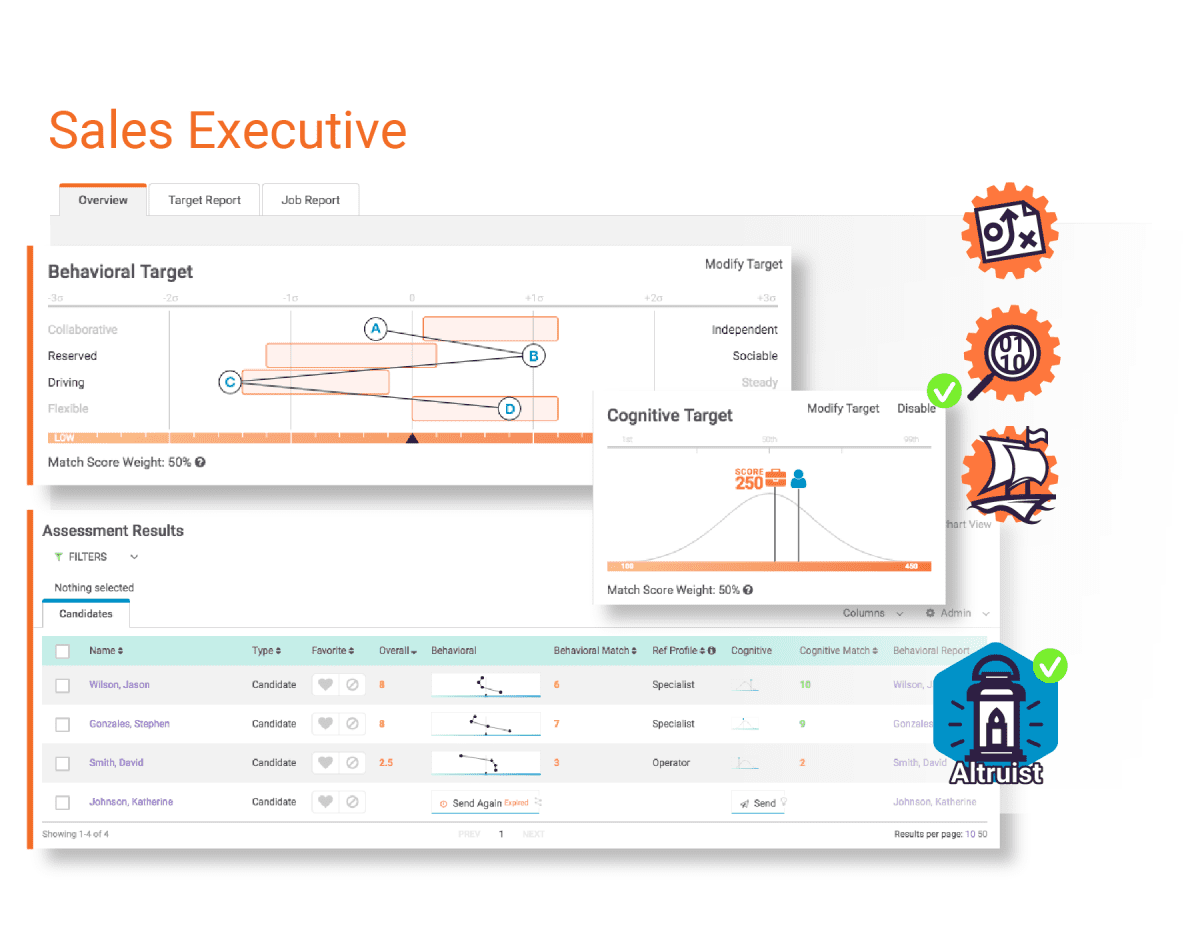

The millions of jobs available aren’t necessarily millions of jobs people want. But just because a bar or restaurant or gas station wants a worker doesn’t mean a worker wants to work for them. The difficult, undesirable job marketĮssentially anywhere you go in the United States right now, you’re going to encounter “help wanted” signs. Because although these trends have been exacerbated by the pandemic, many of them pre-date it, and they’re not going away. For employers, job seekers, and the American economy in general, it’s worth figuring out what’s going on and addressing it. Corporate hiring practices can be convoluted and too reliant on machines, and many applicants aren’t being realistic or strategic enough in their work search efforts. Meanwhile, job seekers say employers are unresponsive.
The rate at which unemployed people are getting jobs is lower than it was pre-pandemic, and it’s taking longer to hire people. The Bureau of Labor Statistics says there are 8.4 million potential workers who are unemployed, but it also says there are a record 10.9 million jobs open. The result is a disconnected environment that doesn’t add up, though it feels like it should. There are also workers who are hesitant to go back - they’re nervous about Covid-19 or they have care responsibilities or something else is holding them back. In some cases, there are a host of perfectly acceptable candidates and jobs out there, but for a multitude of reasons, they’re just not being matched. Other jobs are undesirable - they offer bad pay or an unpredictable schedule, or just don’t feel worth it to unemployed workers, many of whom are rethinking their priorities.
#Assume that for the last worker hired how to
How to make your job search suck a little lessįor Healy and many others, the situation just doesn’t make sense - there’s an incongruity between what they are hearing about jobs and what is actually happening.įor some of the jobs available, people don’t have the right skills, or at least the skills employers say they’re looking for. Meanwhile, headlines touted a record number of job openings, and many employers said they were doing everything in their power to entice potential employees. It took nearly six months for Healy, who has a decade of experience in industrial design, to find a new job. “That was both stressful financially and heartbreaking psychologically.” I was still trying to experiment with what I was doing, but I just had no idea what was happening, why I wasn’t moving forward,” Healy said. He estimates he applied for hundreds of positions, relying on nearly a dozen jobs boards, researching potential employers, and writing personalized cover letters to accompany his résumé.įor the most part, he heard nothing back, regardless of how qualified he was. After being laid off as a designer early on in the pandemic, Healy, 36, tried his hand at a couple of entrepreneurial ventures before looking for a new full-time position at the start of 2021.

Patrick Healy says he did everything right in his job search.


 0 kommentar(er)
0 kommentar(er)
